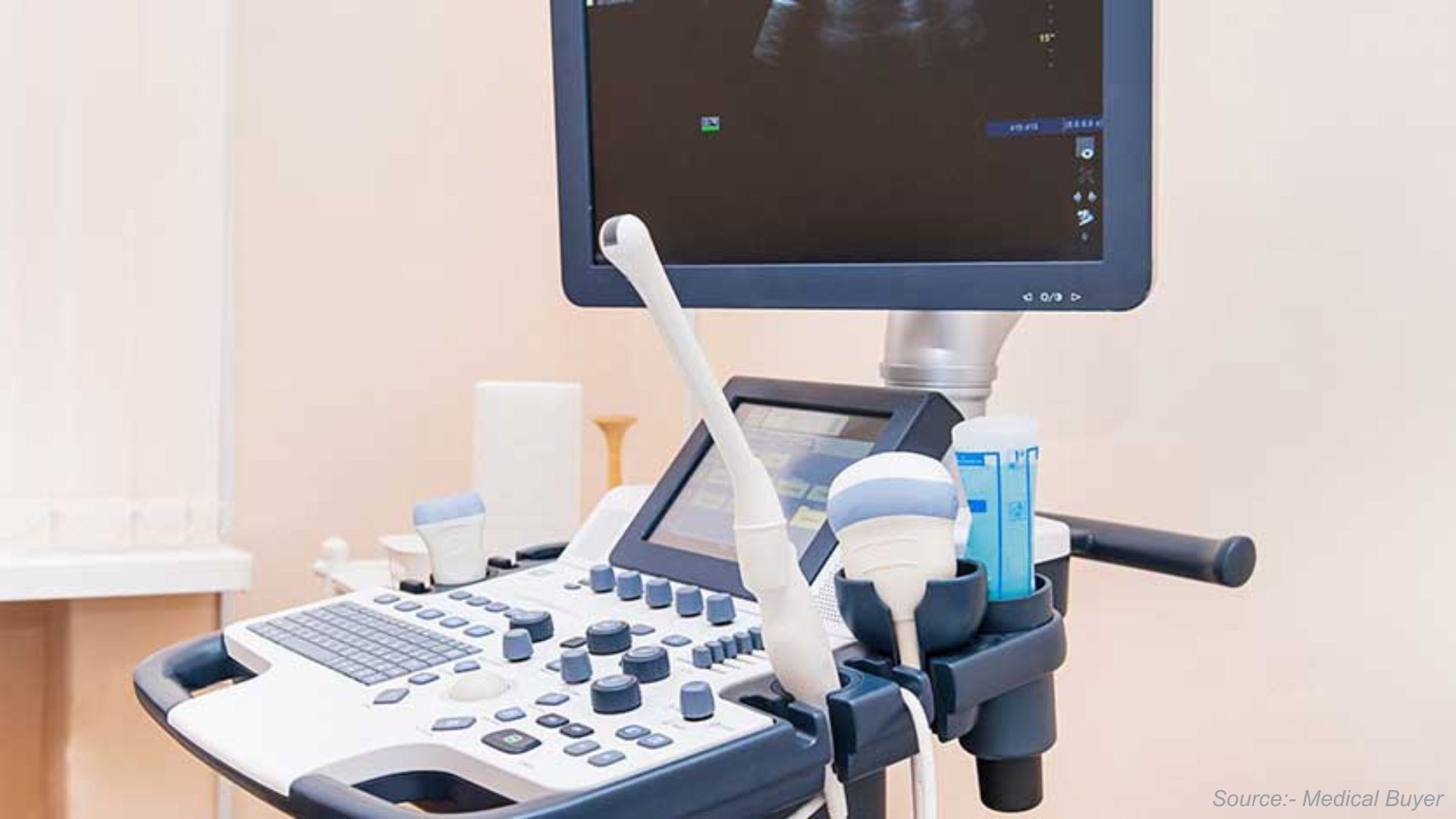Global Minimally Invasive Surgical Systems Market is expected to reach USD 56.21 billion by 2030
Published: 2025-01-24
The rising incidence of chronic diseases will propel the Minimally Invasive Surgical Systems market during the forecast period.
The Global Minimally Invasive Surgical Systems Market was valued at USD 33.22 billion in 2023 and is predicted to reach USD 56.21 billion by 2030, with a CAGR of 7.8% from 2024 to 2030, according to new research by Next Move Strategy Consulting.
The increasing prevalence of chronic diseases, including cardiovascular diseases, cancer, and obesity, has significantly heightened the demand for minimally invasive surgical interventions. As these health conditions become more widespread globally, there is a growing necessity for effective and less invasive treatment options that can address complex medical issues with reduced risks and complications.
According to a report published by the World Health Organization (WHO) in September 2023, non-communicable diseases (NCDs) have caused 41 million deaths yearly, equal to 74% worldwide. Among NCDs, cardiovascular diseases caused 17.9 million deaths annually, followed by chronic respiratory diseases (4.1 million) and diabetes (including diabetes-related kidney disease), causing 2 million deaths.
Moreover, the aging population is a significant driver for the growth of the minimally invasive surgical systems market as people age, they experience a higher incidence of health conditions that necessitate surgical interventions. Minimally invasive procedures are particularly favored among the elderly due to their reduced risks and faster recovery times compared to traditional open surgeries. With an aging demographic globally, there is an increasing demand for medical solutions that cater to the unique healthcare needs of older individuals.
Minimally invasive surgical systems offer suitable options for the elderly, allowing for precise and effective treatments with minimized trauma. According to the latest report published by the World Health Organization (WHO) in 2022, the number of people above 60 reached 1.4 billion in 2020, which is anticipated to reach 2.1 billion by 2050.
However, the high initial cost of acquiring and implementing minimally invasive surgical systems constitutes a significant restraint on the market's growth. On the contrary, the integration of AI in surgical robotics represents a significant opportunity for the minimally invasive surgical systems market as AI plays a crucial role in optimizing surgical workflows by providing real-time data analysis, allowing surgeons to make informed decisions during procedures.
For instance, in September 2023, US Medical Innovations (USMI) and the Jerome Canady Research Institute for Advanced and Biological Technological Sciences (JCRI-ABTS) launched the new Canady Robotic AI Surgical System. It is claimed to be the world’s first artificial intelligence (AI) robotic system that generates cold atmospheric plasma (CAP), and a three-dimensional non-contact bioelectric pulse electromagnetic field.
Request for a Sample PDF on the Minimally Invasive Surgical Systems Market
According to the report, leading players in the minimally invasive surgical systems market include Medtronic plc, Johnson & Johnson, Stryker Corporation, Abbott Laboratories, Inc., Intuitive Surgical, B. Braun Melsungen AG, Smith & Nephew plc, Fujifilm Holdings Corporation, Zimmer Biomet Holdings, Inc., Siemens Healthineers AG. and others.
These market players are adopting strategies such as product launches across various regions to maintain their dominance in the minimally invasive surgical systems market. For instance, in December 2022, Abbott launched a new minimally invasive device, “Transcatheter Aortic Valve Implantation (TAVI) System Navitor” for minimally invasive surgery. Through this launch, the company aims to treat heart valve diseases such as aortic stenosis, which is one of the most common and life-threatening heart valve diseases.
In addition, in October 2022, Medtronic plc secured approvals for its Hugo robotic-assisted surgery (RAS) system. These approvals encompass CE Mark clearance for general surgery, Health Canada license for general laparoscopic surgery, and Ministry of Health, Labor, and Welfare (MHLW) approval for urological and gynecological indications in Japan. These milestones pave the way for expanded access to minimally invasive surgery across Europe, North America, and Asia.
Moreover, in February 2021, Stryker launched the PROstep MICA SOLO Guide to simplify minimally invasive bunion procedures. Through this launch, the company aims to eliminate the need for additional surgical assistance during the operation by a solo surgeon.
Key Insights from the Minimally Invasive Surgical Systems Market Report:
-
The information related to key drivers, restraints, and opportunities and their impact on the minimally invasive surgical systems market is provided in the report.
-
The value chain analysis in the market study provides a clear picture of the roles of each stakeholder.
-
The market share of the global minimally invasive surgical systems market and their competitive analysis are provided in the report.
















Add Comment